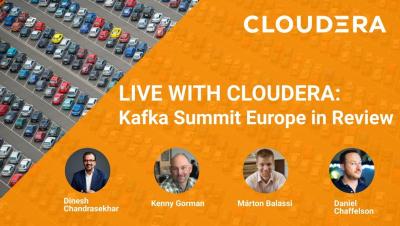NVIDIA RAPIDS in Cloudera Machine Learning
In the previous blog post in this series, we walked through the steps for leveraging Deep Learning in your Cloudera Machine Learning (CML) projects. This year, we expanded our partnership with NVIDIA, enabling your data teams to dramatically speed up compute processes for data engineering and data science workloads with no code changes using RAPIDS AI.




